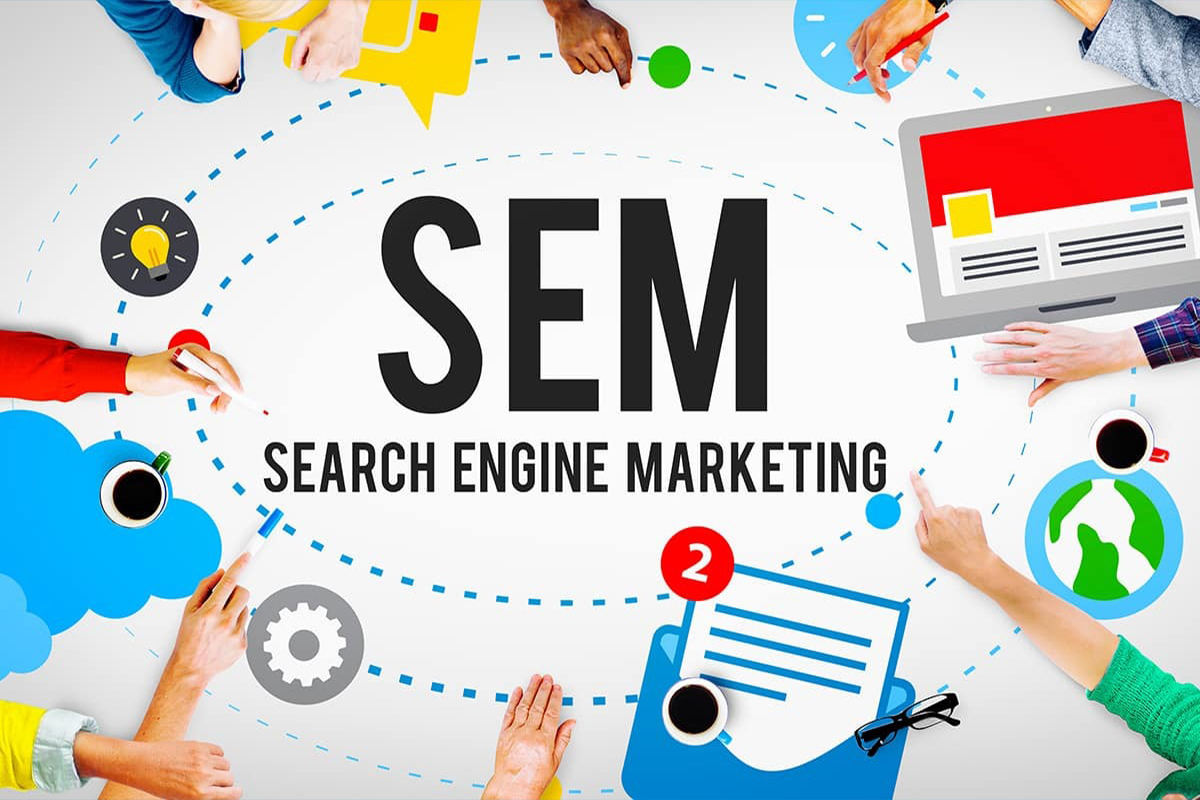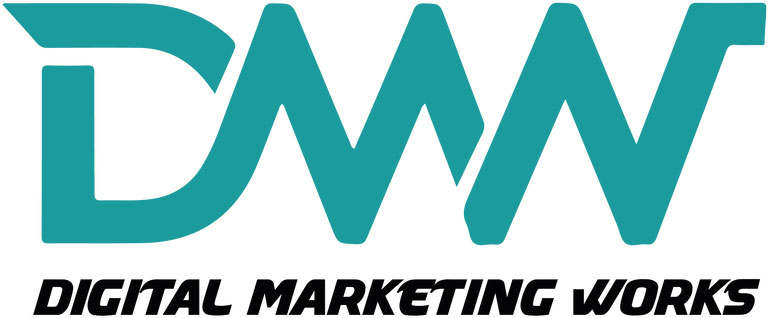
In the digital marketing world, Search Engine Marketing (SEM) is a powerful strategy to drive fast, targeted traffic to your website through paid search ads. While SEO takes time, SEM delivers quick results, giving your business immediate visibility on platforms like Google and Bing.
If you’re looking to appear at the top of search results instantly, SEM is your go-to approach.
🔍 What is Search Engine Marketing (SEM)?
Search Engine Marketing is a form of digital advertising where businesses bid for ad placements on search engine results pages (SERPs). When users type keywords related to your product or service, your ad shows up—usually above the organic results.
SEM is often referred to as PPC (Pay-Per-Click) advertising, since you only pay when someone clicks on your ad.
🎯 Why SEM is Important
🚀 Instant Visibility
Appear at the top of Google even if your site is new or not ranking organically.🎯 Highly Targeted Reach
Show ads based on location, device, keywords, demographics, and intent.📈 Measurable Results
Get real-time data on impressions, clicks, conversions, and ROI.🔄 Flexible Budgeting
Set daily limits and adjust based on performance.💼 Great for All Business Sizes
Whether you’re a startup or an enterprise, SEM can scale with your goals.
🧩 Key Components of SEM
1. Keyword Research
Use tools like Google Keyword Planner, Ubersuggest, or SEMrush.
Focus on high-intent keywords (e.g., “buy running shoes online”).
2. Ad Copywriting
Write attention-grabbing headlines and compelling descriptions.
Include a strong call-to-action (CTA) like “Shop Now” or “Get a Quote”.
3. Landing Page Optimization
Ensure your landing page matches the ad and provides a smooth experience.
Keep it fast-loading, mobile-friendly, and action-oriented.
4. Ad Extensions
Use site links, callouts, location, and call extensions to enhance ad visibility.
5. Bidding Strategy
Choose from manual, automated, or smart bidding options based on goals (clicks, impressions, conversions).
6. Performance Tracking
Use Google Ads Dashboard + Google Analytics to track conversions, bounce rate, and cost-per-click (CPC).
📊 Common SEM Platforms
Google Ads – The most popular and widely used search ad platform.
Microsoft Advertising (Bing Ads) – Great for reaching an older or professional audience.
Amazon Ads – For eCommerce businesses targeting high-intent buyers.
✅ SEM vs SEO: What’s the Difference?
| Feature | SEM (Paid) | SEO (Organic) |
|---|---|---|
| Speed | Immediate Results | Slow but lasting |
| Cost | Pay per click | Free (but time-intensive) |
| Position | Ad section of SERP | Organic section of SERP |
| Longevity | Ends when budget stops | Continuous over time |
Pro Tip: For best results, combine SEM (short-term boost) with SEO (long-term growth).
Conclusion:
Search Engine Marketing is a game-changer for businesses looking to get fast, measurable results. With the right keywords, engaging ad copy, and smart bidding, SEM can help you reach high-intent customers exactly when they’re searching for what you offer.
“Don’t wait to be found—be seen now.”
